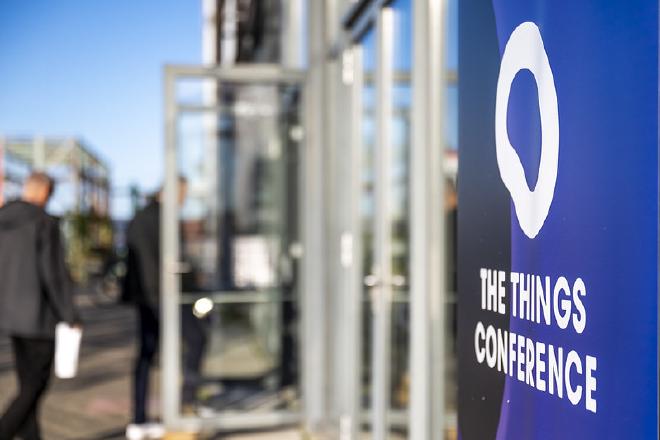As the IoT industry matures, reliability has become the new table stake. Connectivity alone no longer defines success, networks must deliver dependable, predictable performance across cities, utilities, and critical infrastructure. The question is no longer “Can we connect it?” but “Can we trust it?”

That question was front and center at The Things Conference 2025, where the global LoRaWAN® ecosystem gathered to discuss how to scale IoT responsibly and reliably.
Kudzu was there with far more than a booth.#
We came to engage, learn, benchmark, and lead. Kudzu delivered a Stage 2 talk and guested on the official TTC podcast. We also moderated a roundtable titled “LoRaWAN® at Scale: Keeping Networks Reliable”, bringing together network owners and industry veterans to confront what “reliable IoT” actually means in practice.
Key Take-Aways from TTC2025#
- IoT is infrastructure, not experiments IoT is maturing. It’s no longer about pilots and proofs-of-concept, but about delivering dependable, scalable connectivity and intelligence as part of critical systems. For operators, that changes the calculus: reliability is now a requirement, not a feature choice.
- The network tapestry is becoming hybrid & multi-modal TTC2025 pushed beyond LoRaWAN. Cellular IoT, energy harvesting, Bluetooth, NB-IoT, and satellite connectivity all shared the stage. The lesson: no single technology will dominate. The networks that succeed will be those that integrate seamlessly and maintain reliability across multiple modalities.
- Edge compute and smarter sensing More intelligence is moving to the edge. Systems must filter, react, and reason locally, minimizing latency, reducing backhaul load, and surviving disconnections. That shifts the reliability burden beyond the network, requiring end-to-end design.
- Reliability will be adjudicated, not just claimed Secure firmware updates, regulatory pressure (CRA/RED), and procurement standards point to a world where claims are insufficient. Networks will need traceable logs, SLAs, and audit-ready assurance.
- Openness over “magic boxes” A provocative keynote warned against closed plug-and-play solutions that create lock-in. The winners will be open, modular architectures that adapt over time.
- Collaboration over competition The conference motto, “Let’s build this together,” captured the spirit. Success will come from ecosystem cooperation, across protocols, alliances, and vendors.

Where Kudzu Stands#
The conversations at TTC2025 reinforced our conviction that reliability is the defining challenge. Kudzu addresses this directly through our three pillars: Design: Beyond “pretty RF maps,” we score feasibility at each site (permits, access, structure, backhaul, maintenance) and optimize coverage, redundancy, and lifecycle cost. This reduces site churn and accelerates predictable rollouts.
Operate: Instead of static dashboards, we provide adaptive monitoring. Our analytics surface issue-specific views (joins, redundancy, hotspots, critical-gateway risk) and recommend next steps, cutting mean time to resolution and preventing repeat incidents.
Assure with CanopyNOC: Reliability can’t just be claimed, it must be proven. Our assurance layer investigates issues, tracks remediation against SLAs, and issues a monthly engineering attestation suitable for audits and procurement. This transforms reliability into evidence, a contractual advantage for operators and confidence for municipalities and utilities.
Closing Thoughts#
TTC2025 reaffirmed something we believe deeply: as IoT matures, reliability isn’t optional, it’s the battleground. The vendors and operators who win are those who can prove, demonstrate, and stand by their network performance.
